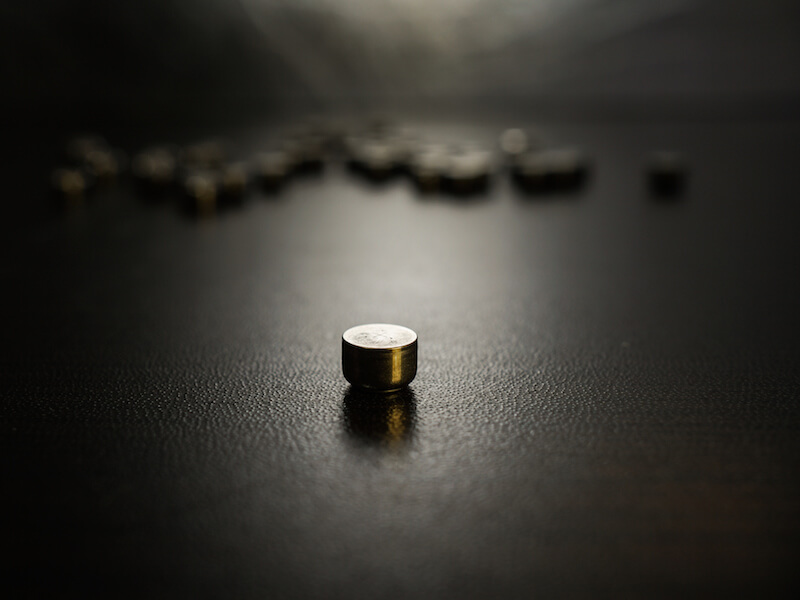
From phones to cameras to music players, how we power our electronics has evolved. For decades, individuals looking to manage hearing loss have wished for a similar progression, and the industry is finally realizing the promise of a powerful rechargeable hearing aid battery.
Size 312 batteries are the most common of the disposable batteries that have traditionally been used to power hearing aids. These days, the most popular version of these batteries is generally known as a “zinc-air” battery.
The Drawback to Disposable Hearing Aid Batteries
The presence of air effects a zinc-air battery, as the name suggests. The user needs to pull a little tab off the back of a 312 zinc-air battery to activate it.
The moment it is fully oxygenated, it starts to lose power. That means power is beginning to drain whether the user is ready for it or not.
Most users consider the length of life to be the most significant disadvantage of disposable batteries. With 312 batteries, the user may be replacing the batteries in their hearing aids around 120 times every year because they drain in 3 to 12 days according to some reports.
That also means users may need to buy 120 batteries, spend the time twice a week to replace them, and correctly dispose of each. That’s most likely over $100 in batteries from a cost outlook alone.
Rechargeable Battery Advancements
Rechargeable hearing aid technology has advanced to the point where it’s now a practical solution and that’s good news for individuals who use hearing aids.
The vast number of people would wear rechargeable hearing aids if given an alternative according to various studies. Over the years, these models were impractical because they didn’t maintain a charge long enough. But today’s rechargeable batteries will last all day without requiring a recharge.
Rechargeable batteries won’t save users substantial amounts of money, but they will make quality of life better.
These modern models provide less aggravation on top of keeping a 24 hour charge because the user doesn’t have the burden of constantly changing out the batteries. Instead, they only need to pop out the battery and put them in a convenient tabletop charging unit.
A disposable battery nearing the end of its life simply can’t operate at full capacity. There’s also no exact way to identify how near to being inoperable the battery really is. So the batteries could die at the precise moment that a user needs them the most which could even put them in peril. A dead battery will not only lead to a safety concern, it could cause the user to miss out on important life moments.
Hearing Aids Come in Different Types
There are distinct benefits to each of the different materials that rechargeable batteries are made of. Integrated lithium-ion batteries are one alternative being used by manufacturers because they can hold a charge for 24 hours. And smart-phones are powered by this same type of battery which may be surprising.
Silver-zinc technology is another material used for modern rechargeable hearing aids. This revolutionary technology was originally manufactured for NASA’s Apollo missions to the moon. You can even use this technology to upgrade and retrofit the existing hearing aids you’re comfortable with by changing the device to rechargeable power. These batteries, like lithium-ion, will also last all day before requiring a recharge.
Some models even allow you to recharge the battery without removing it. For these, users will slip the entire hearing aid on a charging station when they sleep or at another time when the device is not in use.
While each of these rechargeable solutions provides substantial benefits over disposable batteries, each approach should be carefully vetted to get a complete picture and to see if it’s right for you.
Take a look at our hearing aid section if you’re looking for more information about what battery would be the right choice for you or any other info about hearing aids.
